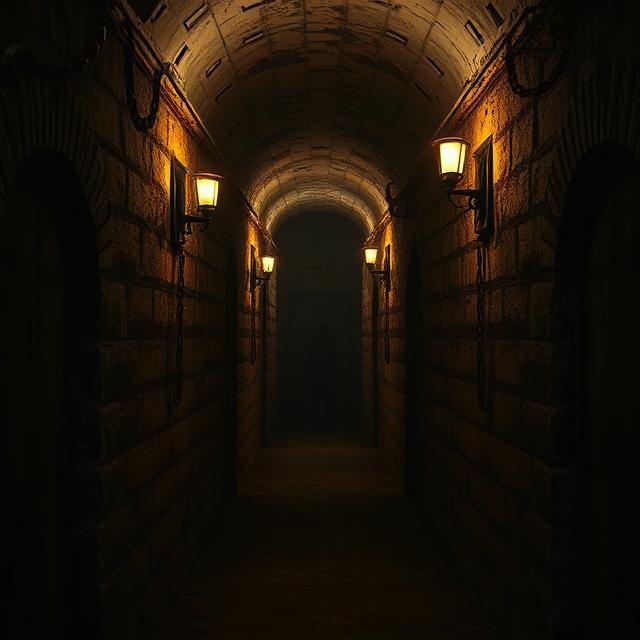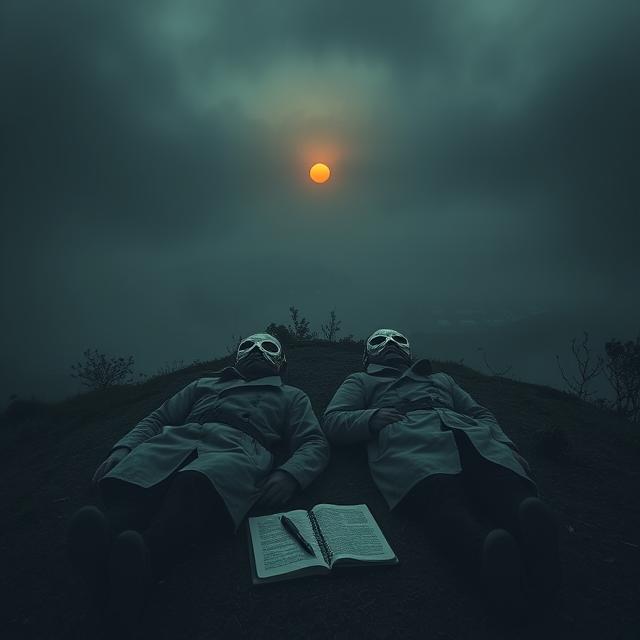When the Black Death swept through Europe in the 14th century, death became a part of daily life. Bodies piled in the streets, bells tolled for the dead around the clock, and entire villages disappeared in days.
From this world of decay and dread emerged an unforgettable figure: the plague doctor.
Clad in black robes, gloves, and a long, bird-like mask, he became a symbol of hopeless medicine and grim survival. To the dying, his arrival meant that the end was near. To the living, he was death in disguise.
But who were these masked men? And what did they actually do?
The Arrival of the Black Death
In 1347, the bubonic plague arrived in Europe via merchant ships. Within five years, it had killed an estimated 25 to 50 million people, roughly a third of the continent’s population.
The disease moved fast. Victims developed painful black swellings, fever, vomiting, and died within days. In some cases, it killed in under 24 hours.
No one knew what caused it. Religion blamed sin. Science blamed bad air. Superstition ruled the streets.
Amid this chaos, the plague doctor became both a medical presence and a psychological weapon.
Birth of the Plague Doctor
The concept of the plague doctor solidified during later outbreaks, especially in the 1600s, when cities like Venice and Paris began hiring physicians specifically to tend to plague victims.
These were not elite doctors. Often, they were second-rate physicians or even untrained volunteers. Some were conscripted against their will.
Their job was not to heal, but to count the dead, record the symptoms, and make the city look like it was doing something.
They were rarely effective. But their costume became iconic.
The Mask: Function or Folklore?
The most memorable feature of the plague doctor was the mask.
It had glass lenses over the eyes, and a long curved beak, stuffed with aromatic herbs like lavender, mint, or rose petals. The belief was that miasma, or “bad air,” caused the plague. The mask’s herbs were meant to purify the air and protect the wearer.
The rest of the costume included:
- A wide-brimmed hat (symbolizing medical authority)
- A long black overcoat coated in wax or animal fat to repel fluids
- Gloves and boots to minimize skin exposure
- A cane, used to examine or move patients without touching them
The overall effect was terrifying. For those already dying, the sight of a faceless bird-headed figure hovering over them was more than ominous—it was prophetic.
Medicine or Theater?
Plague doctors rarely cured anyone. Their treatments included:
- Bloodletting
- Burning herbs to “cleanse” the air
- Lancing buboes with hot irons
- Applying vinegar, onion paste, or crushed emeralds
- Using leeches and urine-based tinctures
These methods did little but increase pain and suffering. Still, people begged for their help. Desperation made anything seem better than nothing.
Doctors often died from exposure despite the gear. Others used the opportunity to loot homes, extort families, or escape blame by claiming divine punishment was at work.
The line between physician and opportunist was paper thin.
The Bird-Man Legacy
Despite their failure, the image of the plague doctor endured. In later centuries, they became figures of folklore and theater.
In Venice’s Carnevale, plague doctor masks were worn as symbols of darkness and survival. In modern pop culture, they appear in horror films, video games, and gothic artwork as harbingers of dread.
Today, they’re seen as both tragic and terrifying—a symbol of what happens when fear outpaces knowledge, and medicine becomes ritual.
The Real Cost
Behind the costume, plague doctors were men thrown into a nightmare. Some tried to help. Others ran. Some exploited the system.
All of them worked at the edge of a collapsing world, wrapped in waxed fabric, breathing through rotting herbs, and stepping over corpses as they did their duty.
They weren’t saviors. They weren’t villains.
They were simply the last face you saw before darkness.
And that’s what made them unforgettable.
For more cases like this, explore our archive. SinisterArchive.com—where the legends are real.




